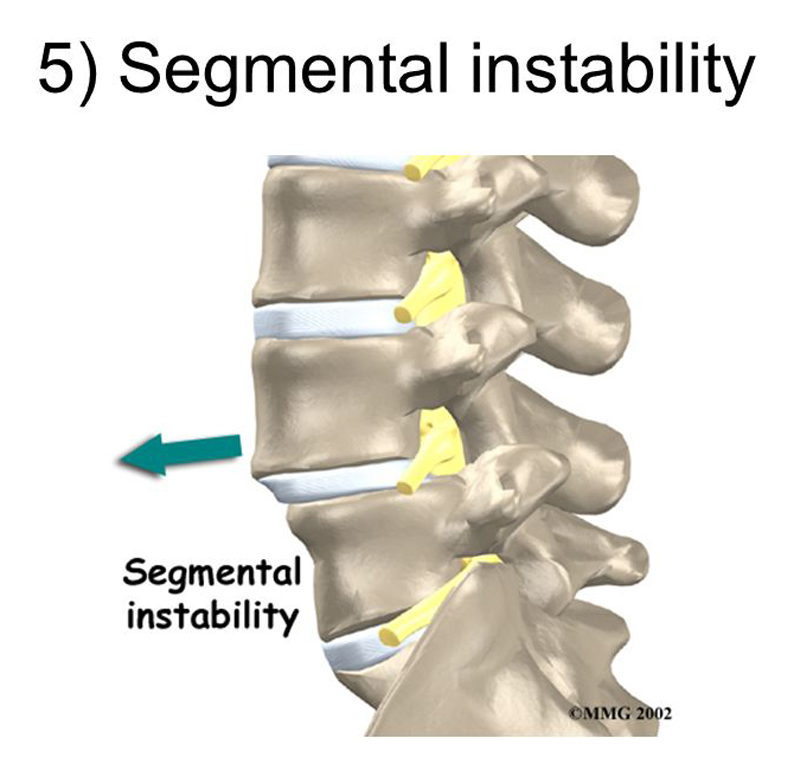Radiology Undergraduate and Resident Curricula: A Narrative Review of the Literature
SOURCE: J Chiropractic Humanities 2015 (Dec); (22) 1: 1–8 ~ FULL TEXT
Kathleen L. Linaker, DC, DACBR, PhD
Dean, Center for Life and Health Sciences,
Mohawk Valley Community College,
Utica, NY
Objective The purpose of this study was to examine the literature regarding radiology curricula for both undergraduates and residents.
Methods A review of the literature was performed using relevant key words. Articles were retrieved through December 2012 using PubMed, ScienceDirect, ERIC, Proquest, and ICL databases along with a manual review of references.
Results Of the 4716 unique abstracts reviewed by the author, 142 were found to be relevant to the purpose of this study. Undergraduate radiology education, radiology curriculum, and radiology pedagogy vary widely between disciplines and between colleges within disciplines. Formal radiology education is not taught at all medical programs and little radiology training is incorporated into non-radiology residencies. This results in some medical graduates not being taught how to interpret basic radiology images and not learning contraindications and indications for ordering diagnostic imaging tests. There are no definitive studies examining how to incorporate radiology into the curriculum, how to teach radiology to either undergraduates or residents, or how to assess this clinical competency.
There are more articles like this @ our:
Conclusions This review shows that radiology education is perceived to be important in undergraduate and residency programs. However, some programs do not include radiology training, thus graduates from those programs do not learn radiology essentials.
Key indexing terms: Chiropractic, Clinical clerkship, Clinical competence, Curriculum, Diagnostic imaging, Education, Medical
Introduction
Radiology education is a complex mix of varying pedagogy, assessment, and administration – governed by beliefs about what should be taught, when it should be taught, and how to effectively teach the information. Opinions abound in the literature surrounding radiology education about what constitutes good education, usually presented with authors stating their opinion of what should be taught [1-4] or how it should be taught. [5, 6] However, a dearth of literature exists examining how radiology is taught, learned, or evaluated.
Nor is there much research comparing radiology programs with regard to any of the myriad of variables that exists within a given curriculum. What little literature exists demonstrates that undergraduate radiology education, radiology curriculum, and radiology pedagogy vary widely between disciplines and between colleges within disciplines. [7, 8] The paucity of literature addressing these issues was best summarized with the statement:
“evidence-based radiology education and radiology education research are glaringly lacking”. [9]
Read the rest of this Full Text article now!





Leave A Comment